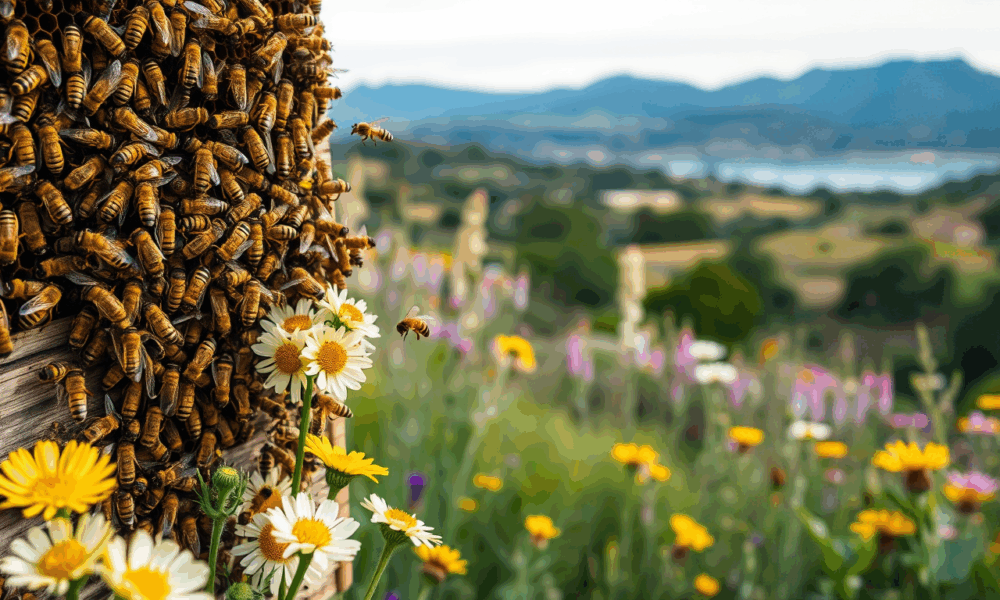
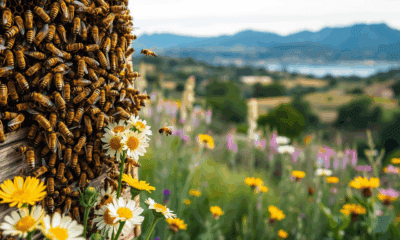

Feral honey bees, once celebrated for their agricultural value, are now threatening native ecosystems in Southern California by monopolizing pollen sources and overwhelming native pollinators. A...
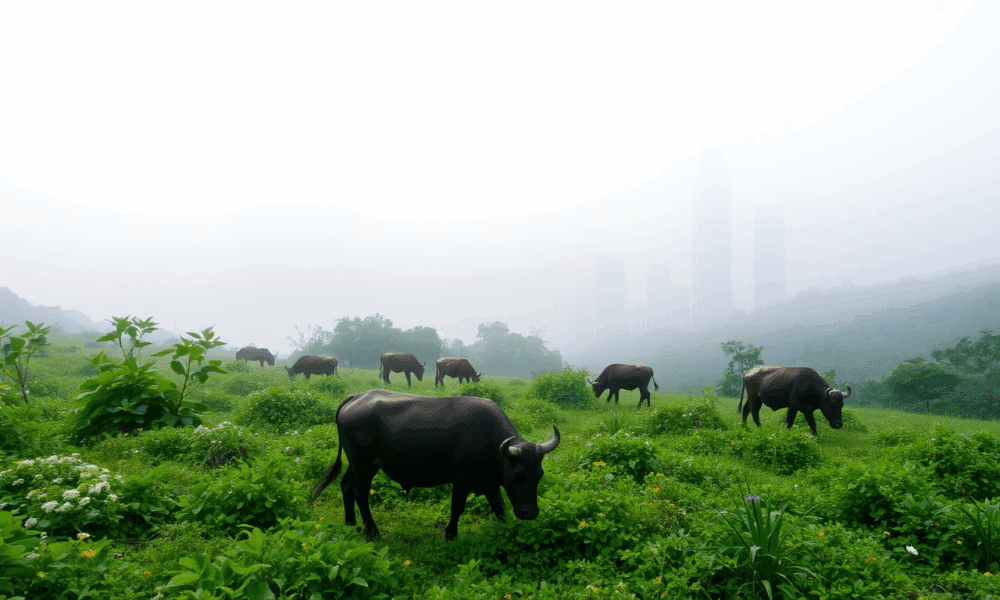
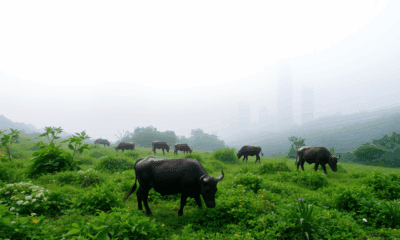

Feral water buffalo now roam Hong Kong s South Lantau marshes, and a 657-person survey shows they ignite nostalgia, wonder, and worry in equal measure. Many...
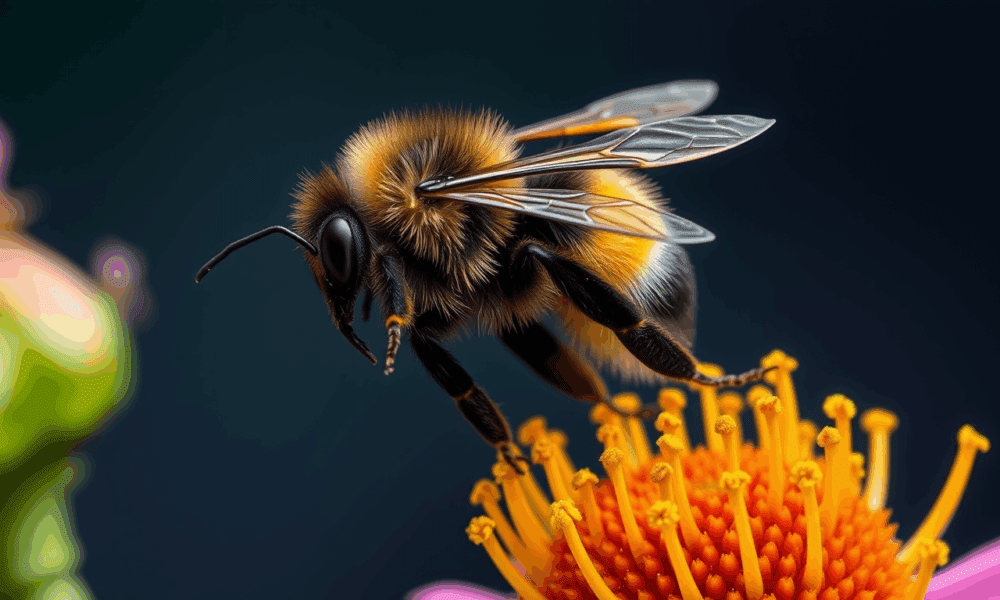
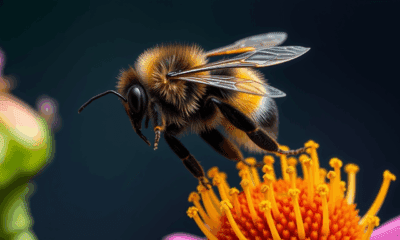

High heat and heavy metals dampen a bumblebee’s trademark buzz, threatening pollen release and colony chatter. Tiny sensors captured up-to-400-hertz tremors that falter under environmental stress,...
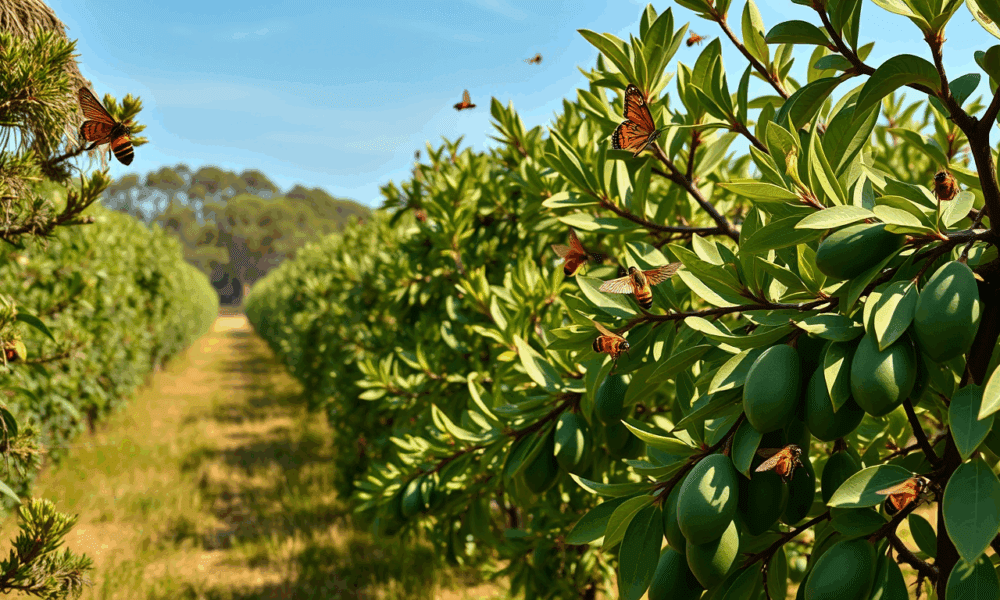
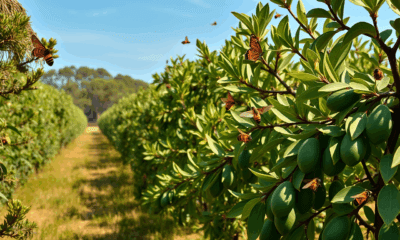

Preserving strips of native vegetation beside avocado orchards gives insects a buffet of wild pollen when blossoms are scarce, doubling their plant menu and boosting their...



Forests aren’t keeping up with today’s climate chaos. While temperatures soar within decades, tree populations take 100 to 200 years to shift in response. A sweeping...
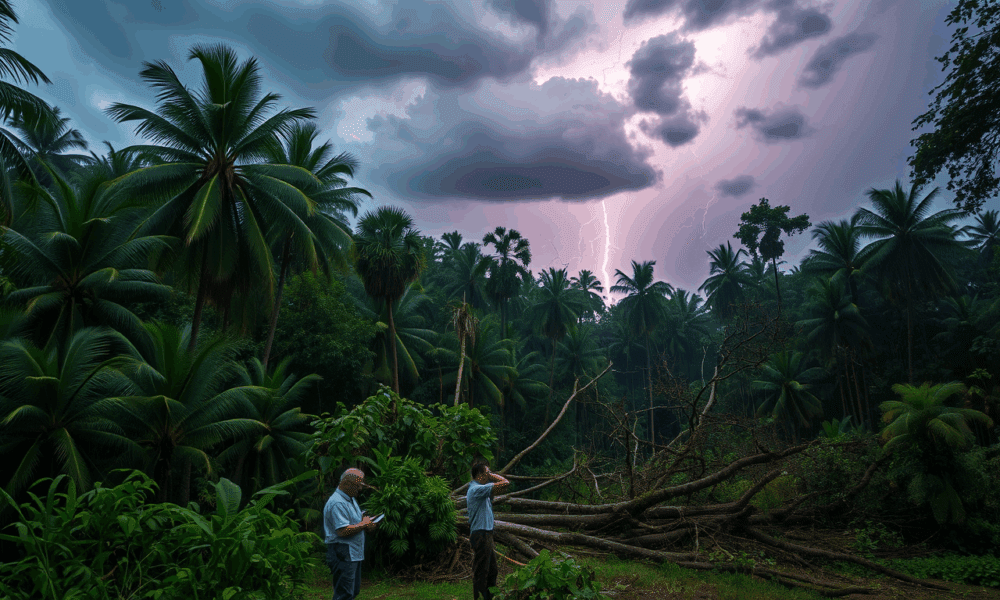
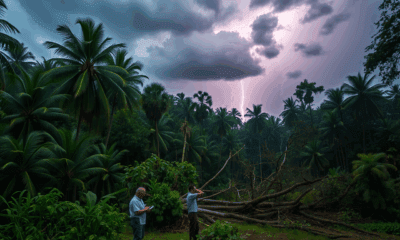

Tropical trees are dying faster than ever, and it's not just heat or drought to blame. Scientists have uncovered a surprising culprit: ordinary thunderstorms. These quick,...
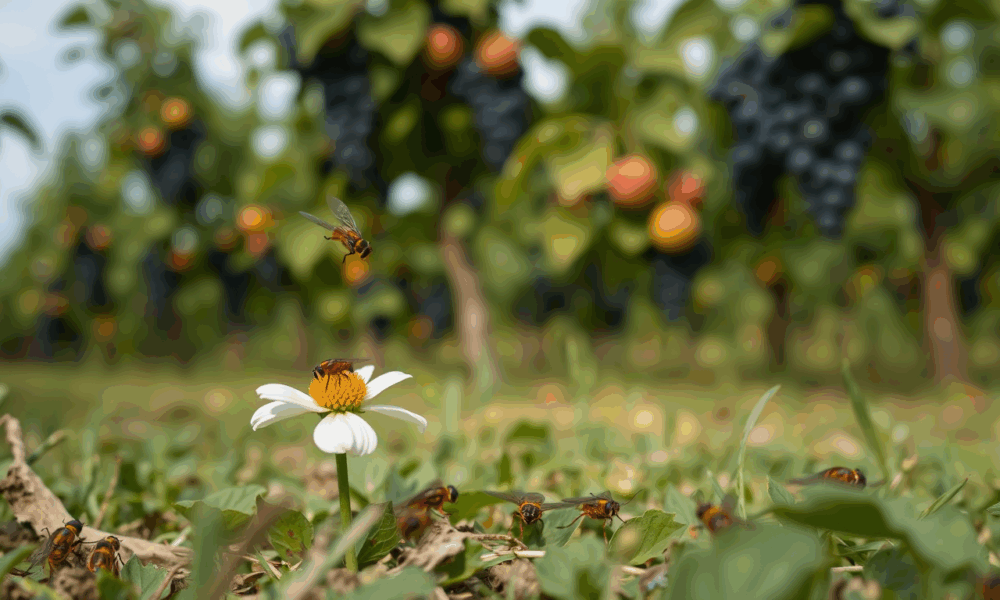
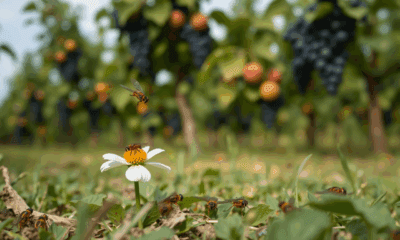

Macquarie University researchers reveal that chlorothalonil, still commonly sprayed on American and Australian produce, cripples insect fertility by more than a third at residue levels typically...



Parts of New Orleans are sinking at alarming rates — including some of the very floodwalls built to protect it. A new satellite-based study finds that...



Beneath the forest floor lies an overlooked secret: many plants grow a second set of roots far deeper than expected sometimes over three feet down tapping...



Arctic peatlands are expanding with rising temperatures, storing more carbon at least for now. But future warming could reverse this benefit, releasing massive emissions.